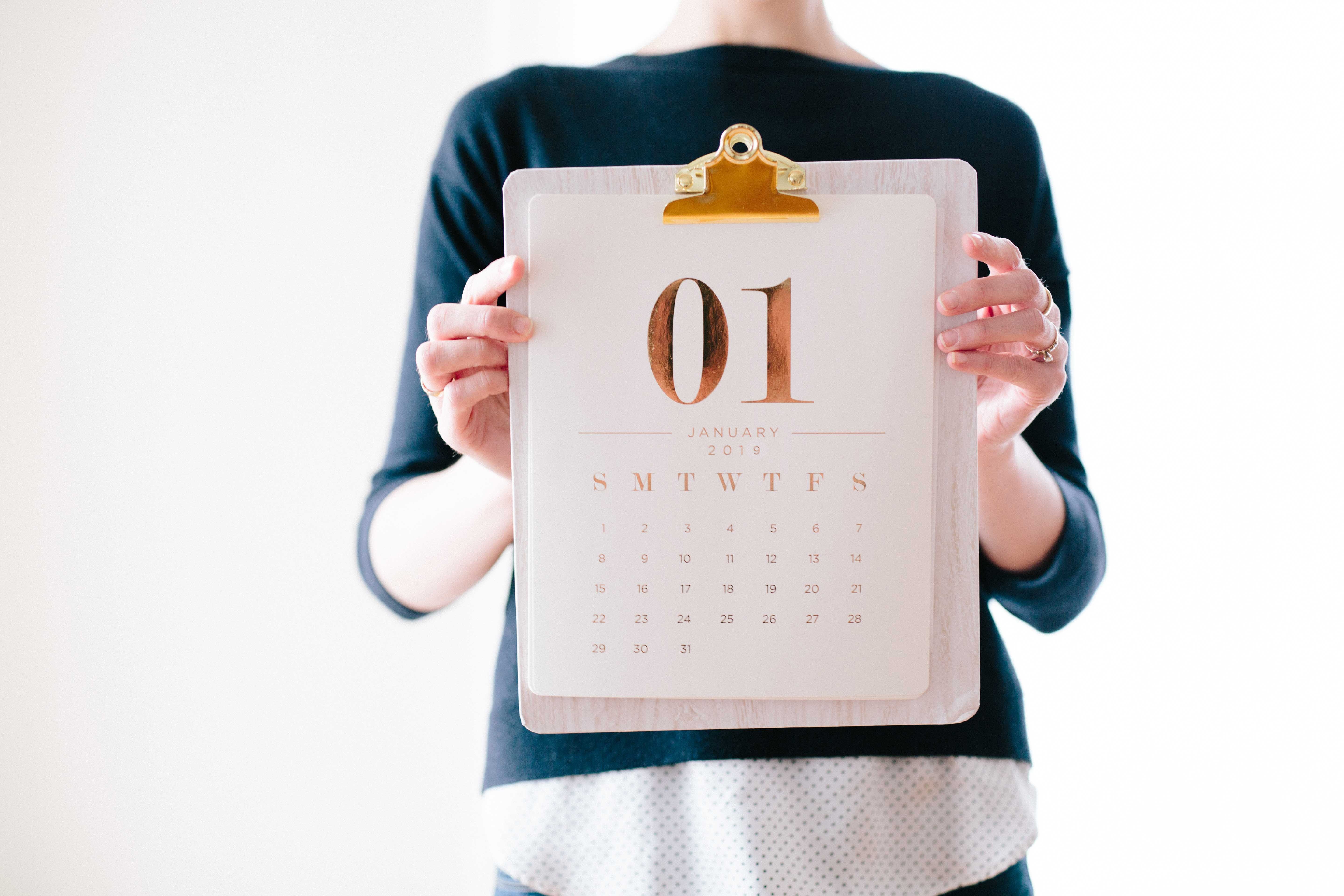
Starting a new year is always exciting. While we all have new hopes and resolutions in place, we wish to keep our families safe. To do this, we've come up with a January home maintenance safety checklist. If you want to spread these out over the months, you can rank this in order of priority. Join us as we start off the year by following the checklist to keep our families and homes a little safer.
January Home Maintenance Checklist
1. Test your smoke detectors by holding the "test" button until you hear the loud siren. If it's silent, replace the batteries or check the power connection (if you know how to safely do this). You can also purchase a new detector at your local home-improvement store or online here.
2. Inspect your fire extinguisher. You can inspect this by looking at the pressure gauge to verify that the needle is in the green. If not, you can replace it or service it. Also, be sure to examine the hose and nozzle for cracks. If the locking pin is missing, you will need to purchase a replacement. There are lots of great options. Here's one that we like.
3. Change out your air filters. Depending on how often you use the system, it's recommended to change air filters out every 6 to 12 months. Family households with no pets should change the filter at least every 90 days. The general rule of thumb is to check the air filter every 30 days, but this doesn't mean you have to replace it that often. Just be sure to get into the practice of checking the filters, especially if you suffer from allergies. There's such a large variety of filters, but you can find most online here or in your local home-improvement store.
4. Create an emergency plan, and practice different escape routes with your family. You can find additional resources here at Make-A-Plan or you can Create a Family Emergency Plan.
5. Be sure to have an emergency preparedness kit. These vary in scope, but be sure to choose one that includes flashlights (with fresh batteries), bandages, antiseptic spray, gauze and more. For an entire list or more resources, you can visit here.
6. Create or update your home inventory. In the event of a burglary or a natural disaster, it's important for insurance purposes to have a complete list of the contents of your home. Be sure to supplement your record with photos or videos. You can find free resources to capture a room-by-room inventory. Here are some tips from the Insurance Information Institute and some sample inventories. Be sure to keep receipts of valuable home purchases or upgrades to both the interior and exterior of your home. Keep your inventory in a bank safe-deposit box or on a hosted server online, so you can access it even if your home computer is destroyed.
7. Compile one file where you store all of your important information. This can include important receipts, warranty information, serial numbers or paperwork for appliances. In the event that something happens, it's better to have this all in one place.
8. Create a safety folder. It's critical to have a folder or laminated sheet that includes phone numbers for your doctors, police, fire department, poison control, and emergency contacts. Accessing this information quickly in an emergency is vital to the safety of your family.
9. Check your range hood fan in your kitchen. If you have any signs of grease buildup, it could cause a fire. Be sure to include this in your regular cleaning to keep it at optimal performance.
10. Check your refrigerator water and ice-maker filters every six months to remove any contaminants that may build up. Be sure to follow the manufacturer's instructions. This can be found in your compiled file listed above in #7.
11. While you are still checking your refrigerator it's important to vacuum your refrigerator coils to remove dust and grime that could otherwise spark a fire.
12. Deep-clean your stovetop and oven to prevent grease or oven fires.
13. Clean your garbage disposal with baking soda, white vinegar, hot water, ice and a lemon or lime to keep it fresh and clean.
14. Check your pipes! If you know that the temperatures are dropping, frozen water can burst pipes and cause a tremendous amount of damage. Make sure your pipes that are turned on stay above 32° F by adding extra insulation or keeping cabinet doors open for better airflow. Don't forget to include your sprinkler lines, swimming-pool pipes, and pipes in unheated attics and garages. When temperatures drop below freezing, open both hot and cold faucets a trickle to relieve pressure in the pipes. You can find insulation at your local home-improvement store or online. Also, be sure to locate your home's water shutoff valve; learn how to turn off the water quickly in case a pipe bursts.
15. If you will be away from your home, you can purchase and install small, battery-powered individual leak/flood alarms under the refrigerator, kitchen, bathroom drain pipes, dishwasher and appliances, and behind toilets. They cost anywhere from $10 to $50 and can even alert you or neighbors in the event of a leak. If you travel frequently, you may consider purchasing a smart device.
16. Change your furnace filters every 4 to 6 weeks during the winter months so your air stays clean while your furnace heats your home.
17. Dust and wash your air vents to purify the air quality in your home.
18. Inspect your home for any leaks, cracks, or mold that could become an issue if left unremedied.
19. Flush your water heater once a year to remove sediment and mineral buildup and keep it working at its full capacity.
20. Run water and flush toilets in unused spaces to prevent grime from accumulating in the bowl.
21. Safely check your roof for leaks, broken gutters or damaged shingles. If you can't safely do this, please hire a professional.
22. Clear leaves and debris from your window wells and gutters. Otherwise, they could contribute to leaks and damage.
23. Check your attic's insulation. You can do this by taking a tape measure to find the depth. If it measures less than 12 inches, you should have a professional install more insulation. Doing so will also improve your home's energy efficiency.
24. Inspect your outdoor lighting. Replace any bulbs, and see if any light needs to be added to your home. Well-lit homes deter theft and help prevent injuries by providing muc- needed light during the evenings.
25. Research security cameras and systems for your home exterior. Peak burglar season begins in the summer, so be sure that you are prepared.
26. Do you live in a multigenerational home or take care of aging parents? The CDC has published a complete fall-prevention checklist for older adults.
While there are many other items that we can add to the list, this should give you a good start on keeping your home and family safe. We would love to hear your thoughts. Do you have any tips or suggestions? Please leave them in the comments below.
At Kurk Homes we are proud to be #BuiltOnTradition and we have been designing and building from the Gulf Coast through the Hill Country for nearly 30 years. No matter what kind of tradition you want to start for your family, we can build you the home where it can take place.


